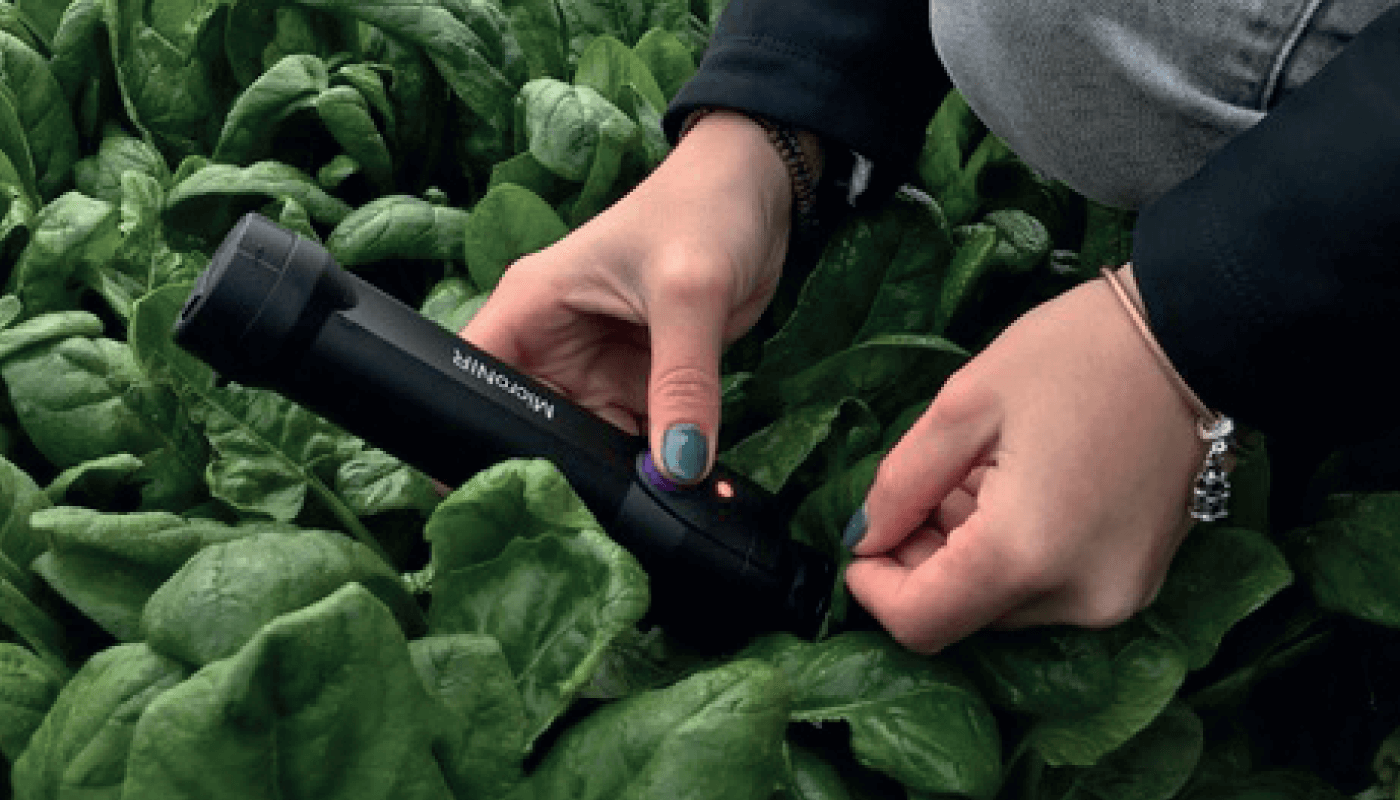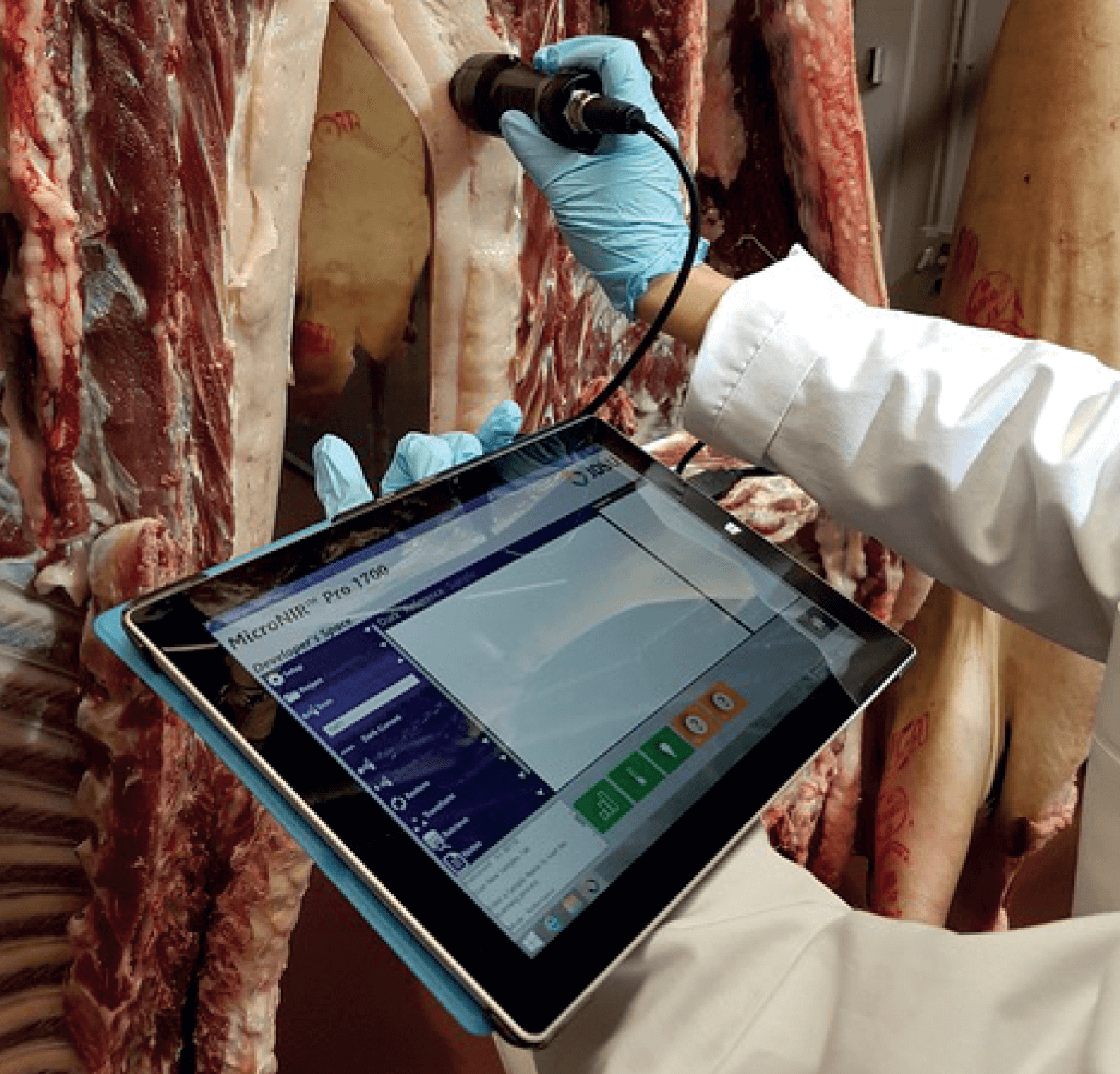
Establishing the optimum harvest time, classifying product quality, and evaluating safety – all key parameters in the food industry. Efficient analytical tools and control systems are vital to ensuring food integrity, but traditional methods are often slow and costly.
In a recent paper, researchers at the University of Córdoba, Spain, evaluated whether near-infrared spectroscopy (NIRS) could be used to determine the nitrate content of spinach plants in the field – and along the supply chain. “Our results confirmed that using this spectrophotometer offers an instantaneous, non-destructive, and cost effective approach to quality and safety analysis of large numbers of samples throughout the supply chain,” says Dolores Pérez Marín, co-author of the paper. “Such technology could transform the role of quality assurance from one of just strictly conformance, to one that addresses a wide range of business critical concerns. Moreover, it introduces the concept of an unequivocal digital fingerprint of the product.”
Though the paper focuses on its use in vegetable analysis, the authors suggest it could be applied to other products and applications.

References
- I Torres et al., Postharvest Bio & Tech, 168 (2020). DOI: 10.1016/j.postharvbio.2020.111273
